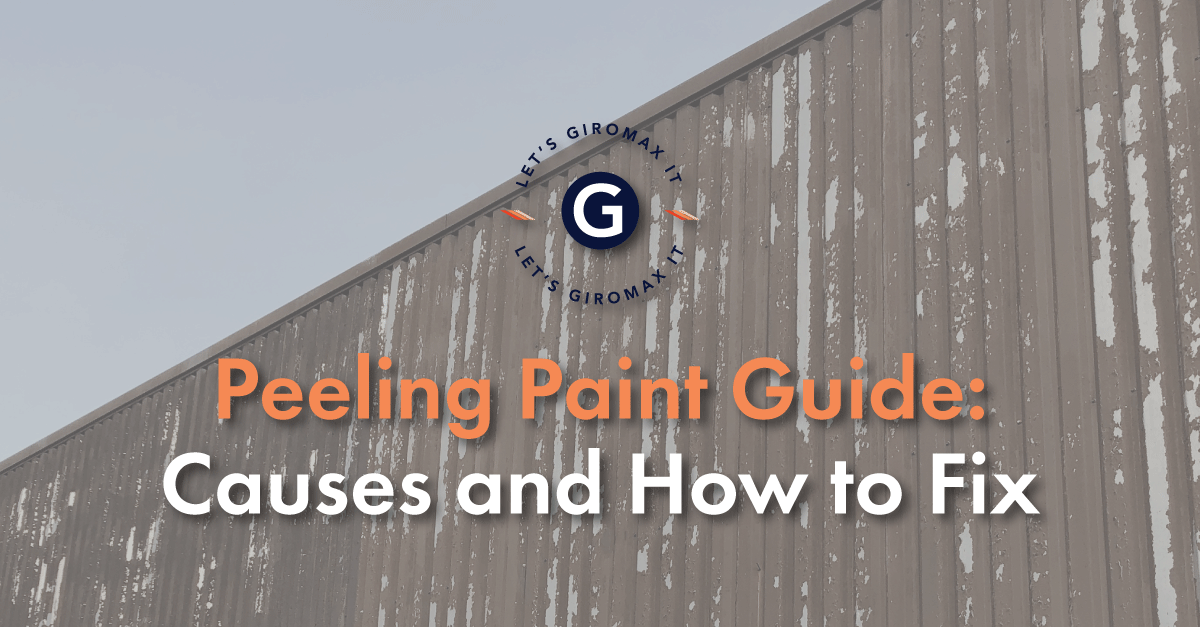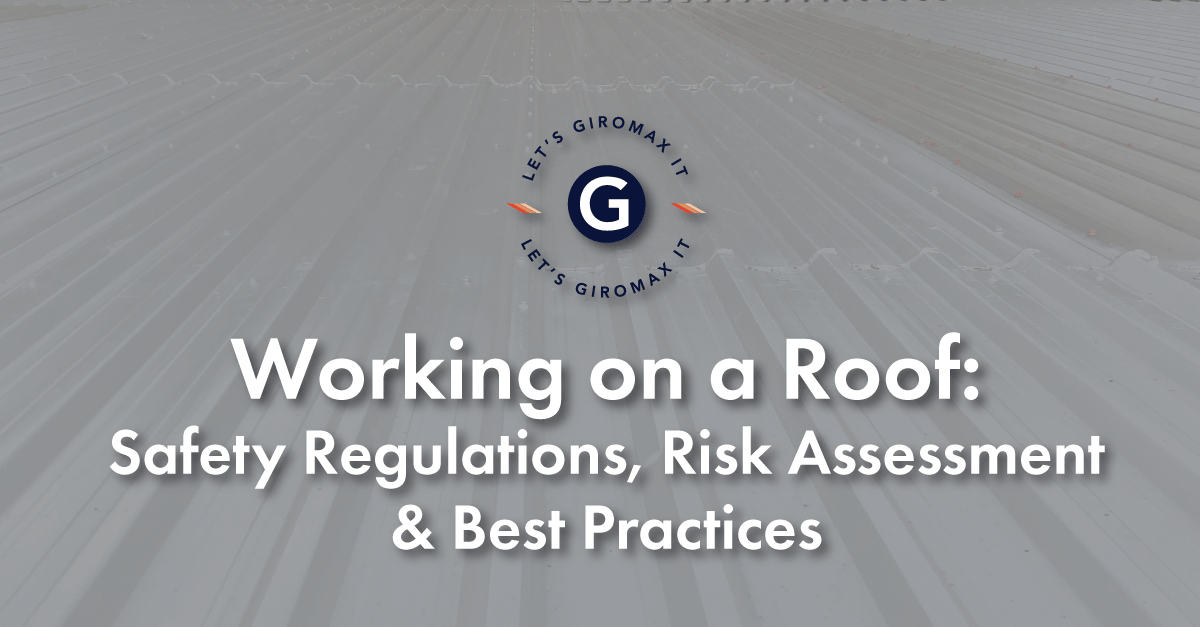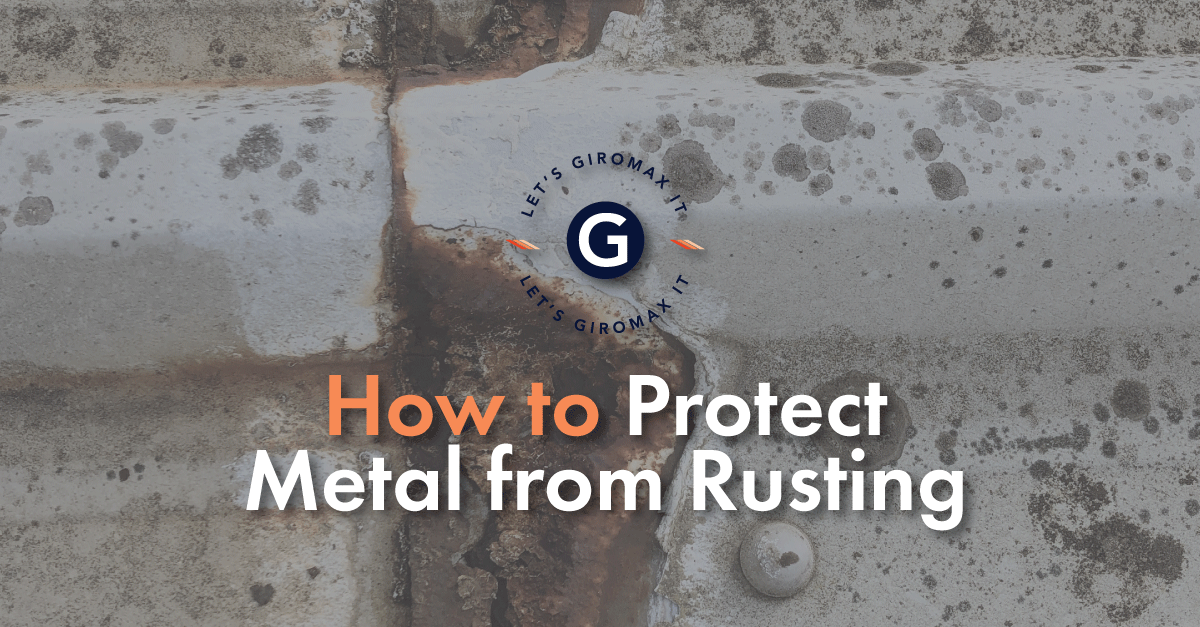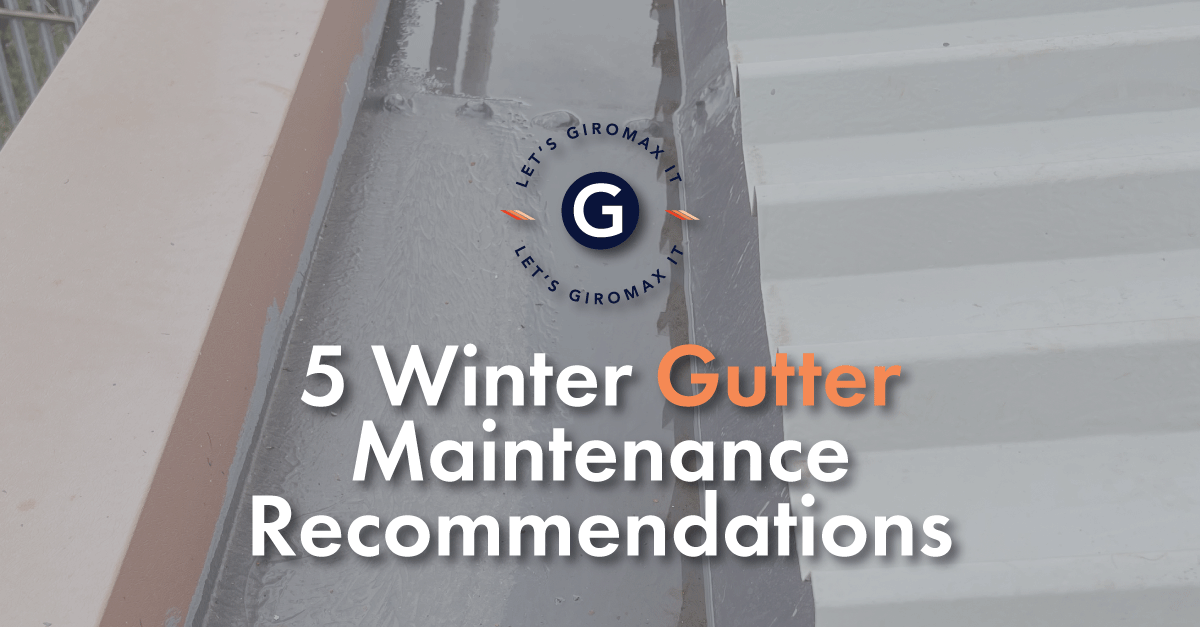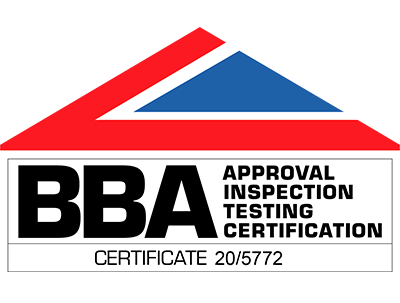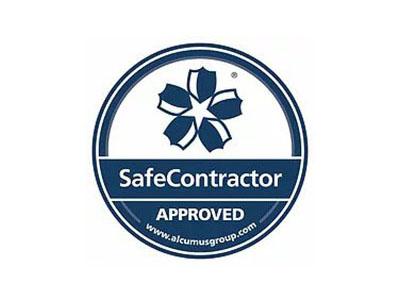Peeling Paint Guide: Causes and How to Fix
The cause of peeling paint varies depending on the substrate. In this guide, we look at causes and how to both prevent and fix peeling paint.
When you are looking to prevent paint from peeling, it’s important to know the cause. Knowing how to fix paint peeling from walls and other surfaces is essential if you want to address this type of issue. In this article, we share a guide on peeling paint, including how to fix peeling paint and suitable coatings.
What are some Causes of Peeling Paint?
There are a variety of reasons why paint starts to peel, and the causes vary depending on the substrate and other factors.
Listed below are common causes of peeling paint:
Poor Surface Preparation
In many cases, peeling paint has been caused by poor surface preparation. When the surface has not been prepared to the required standard, this can cause issues. For industrial buildings, we recommend following the Swedish Standard Classifications for preparation.
Environment
Moisture, humidity and extreme temperatures can cause paint to peel. Rainwater can get into cracks and become trapped between paint layers. In dry conditions, UV rays can heat up painted surfaces, resulting in blisters when air or moisture cannot be released. In cold weather, ice and snow causes the paint to expand and contract from freezing and thawing.
Wrong Primer or Paint
Using the wrong type of primer or paint for the substrate is a common cause of peeling paint. Always check the product usage guidelines.
Poor Quality Paint, Paint Brushes and Application
Using the wrong type of equipment will produce an uneven surface or poor coverage. Coating products usually offer technical guidance for application.
Too Many Coatings
A common cause of peeling paint is when a coating has been applied directly onto another coating or multiple layers of paint. Without the correct surface preparation, the paint won’t adhere properly, and this will result in peeling.
How to Fix Peeling Paint?
When you are looking at how to fix peeling paint, there are different approaches depending on whether the surface is a wall, roof or another structure.
Below are some steps to help you fix paint peeling from certain surfaces:
Remove Peeling Paint
There are different ways to remove peeling paint, and this will depend on the structure, type of substrate and size of area. Sandpaper, chemical strippers and pressure washers can be used, but always check guidance and follow health and safety protocols. On industrial roofing, islands of the original plastisol can often remain even after cleaning. These should be feathered out to reduce the risk of edge curl before the new coating is applied.
Repair and Smooth the Surface
Inspect the surface areas to see if you can identify any areas that need repairing. This could include cracks, dents or chipped areas that need to be filled and smoothed. If you are repainting a metal roof, look out for any areas of corrosion, especially at the cut edges, and treat accordingly.
Clean the Surface
It’s important to make sure the correct preparation is carried out when it comes to cleaning surfaces prior to painting. For industrial cladding or roofing, make sure the substrate has been thoroughly cleaned, mechanically or manually, to the specified standard.
Apply Primer
A primer is a type of paint engineered to create a protective and smooth layer between the surface and the basecoat. Work in sections to carefully ensure full coverage of the primer.
Apply High Quality Paint
There are numerous paints available for a variety of substrates. However, we recommend the following products due to their durability, paint technology and advanced formulas:
- Giromax® Edgecoat is a proven, revolutionary treatment for cut edge corrosion. This coating treats the top and cut edge of a metal roofing sheet. It offers excellent flexibility and elastic properties, allowing for natural movement. Due to its innovative polyurethane hybrid formula, this coating has no VOC emissions.
- Giromax® Roofcoat for metal is a tough, high impact and moisture tolerant coating, offering resistance to dirt and extreme weather conditions. It’s an easy to use, one-coat system that can be sprayed directly from the tin. Due to its polymer hybrid formula, this product helps you to avoid expensive metal roof sheet replacements.
- Giromax® Roofcoat for asbestos fibre cement is a breathable, moisture tolerant, protective coating offering full surface encapsulation. Using this product, you can address and seal corroded fixings, bolts and minor cracks. Due to its innovative polymer hybrid formula.
- Giromax® Guttercoat is a durable and flexible market-leading solution that can be used to paint and repair guttering systems. With its elastomeric, advanced formula, this coating can be used on a wide variety of substrates. The coating also has an aesthetically pleasing finish and will protect gutters up to 15 years.
- Giromax® Rooflight Clearcoat is a tough, high performance rooflight coating that provides a clear, durable membrane to quickly recoat and seal weathered GRP rooflights. This elastomeric coating allows for natural movement, and it’s moisture tolerant, which means the product can be applied during damp conditions.
- Giromax® Wallcoat has been specially designed to simplify and improve the repair of industrial wall cladding. Whether you choose to use a roller or a paint sprayer device, this paint formula is quick and easy to apply. This product has a high resistance to weathering, UV rays and chemical exposure, ideal for industrial environments.
Conclusion
Knowing how to prevent and fix peeling paint requires a good understanding of the substrate and paint properties. Using the wrong primer or paint, along with inadequate surface preparation and environmental conditions can cause paint to peel. If you want to avoid paint from peeling, always choose a high-quality coating that has been designed for the substrate.
For more information about Giromax® coatings or application guidance, call the team on 01455 558969 or email: sales.orders@giromax.co.uk
Get updates from us
Sign up to our newsletter to receive all the latest news and insights from Giromax Technology.
Subscribe to NewsletterRelated articles
Working on a Roof: Safety Regulations, Risk Assessment & Best Practices
When working on a roof, understanding work at height regulations and conducting a risk assessment helps to ensure essential safety...
How to Protect Metal from Rusting
When considering how to protect metal from rust, there are treatments for roofs. We look at common methods to prevent...
5 Winter Gutter Maintenance Recommendations
Regular gutter inspections in winter and removal of debris, snow and ice ensures gutters stay clean. We share winter gutter...

